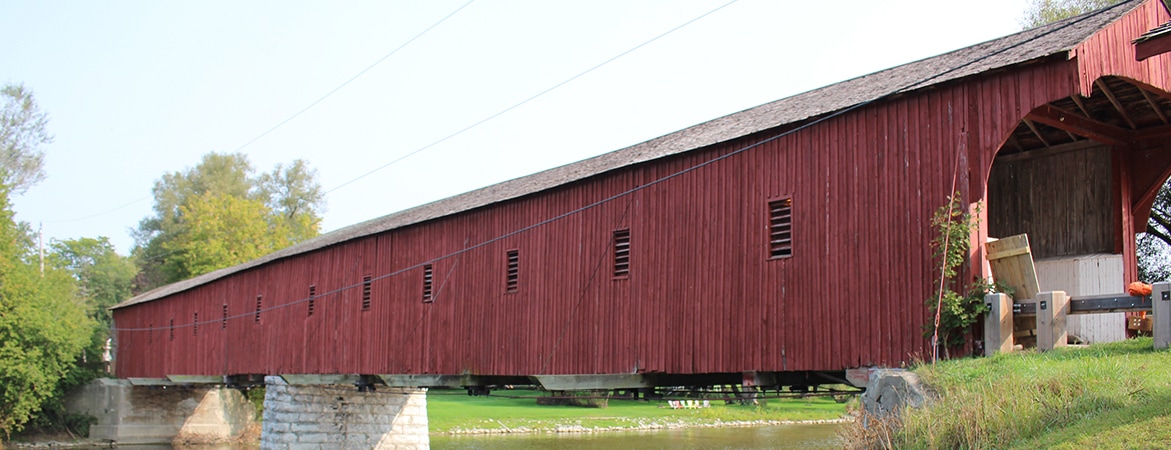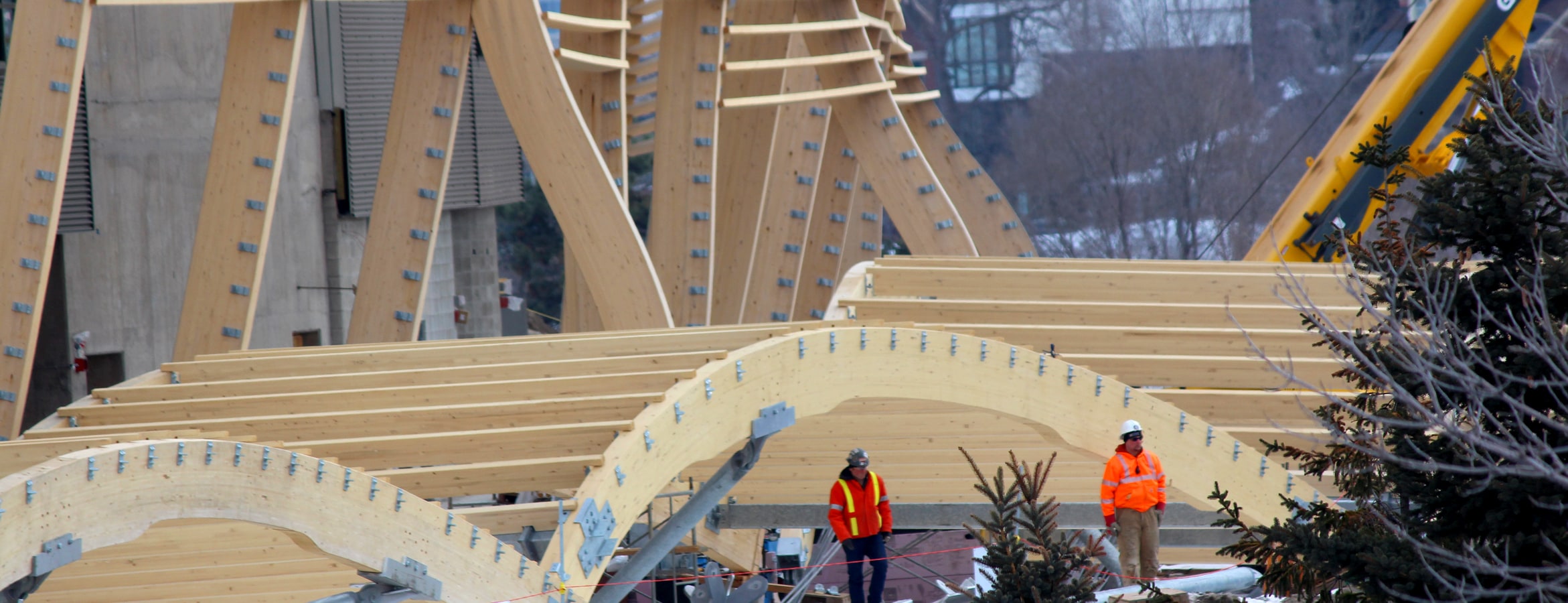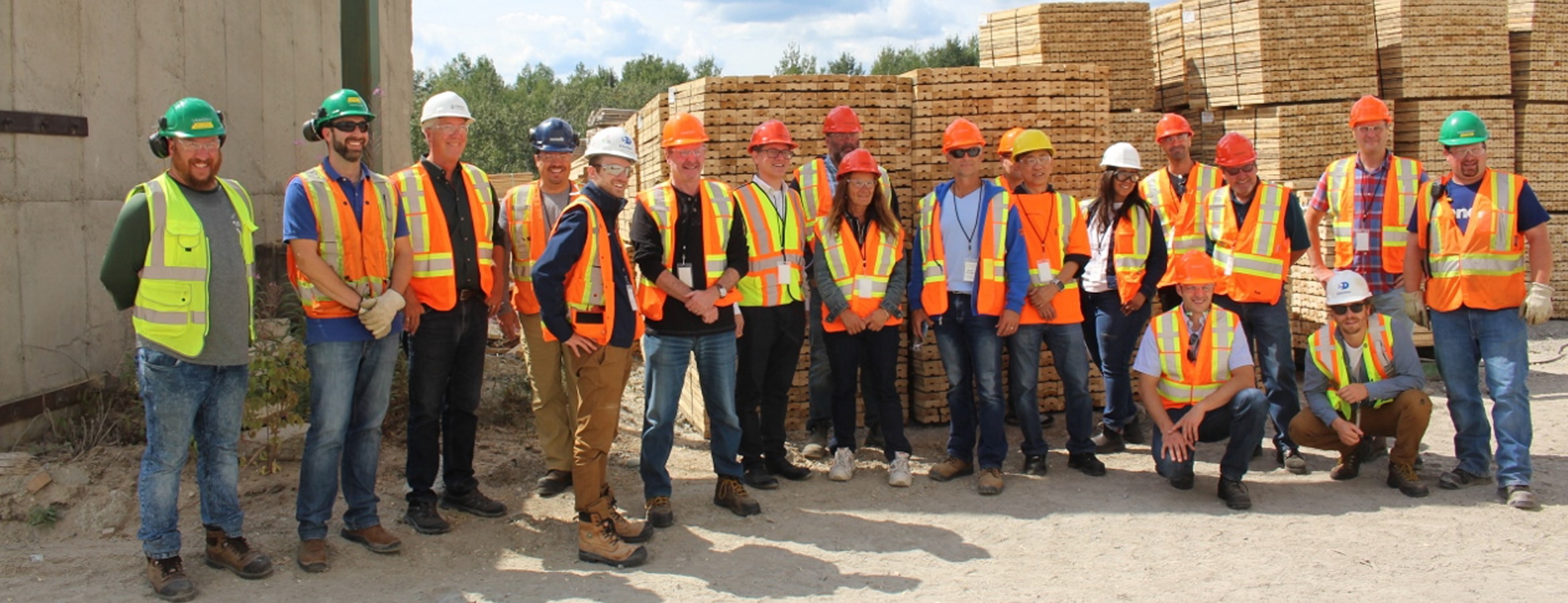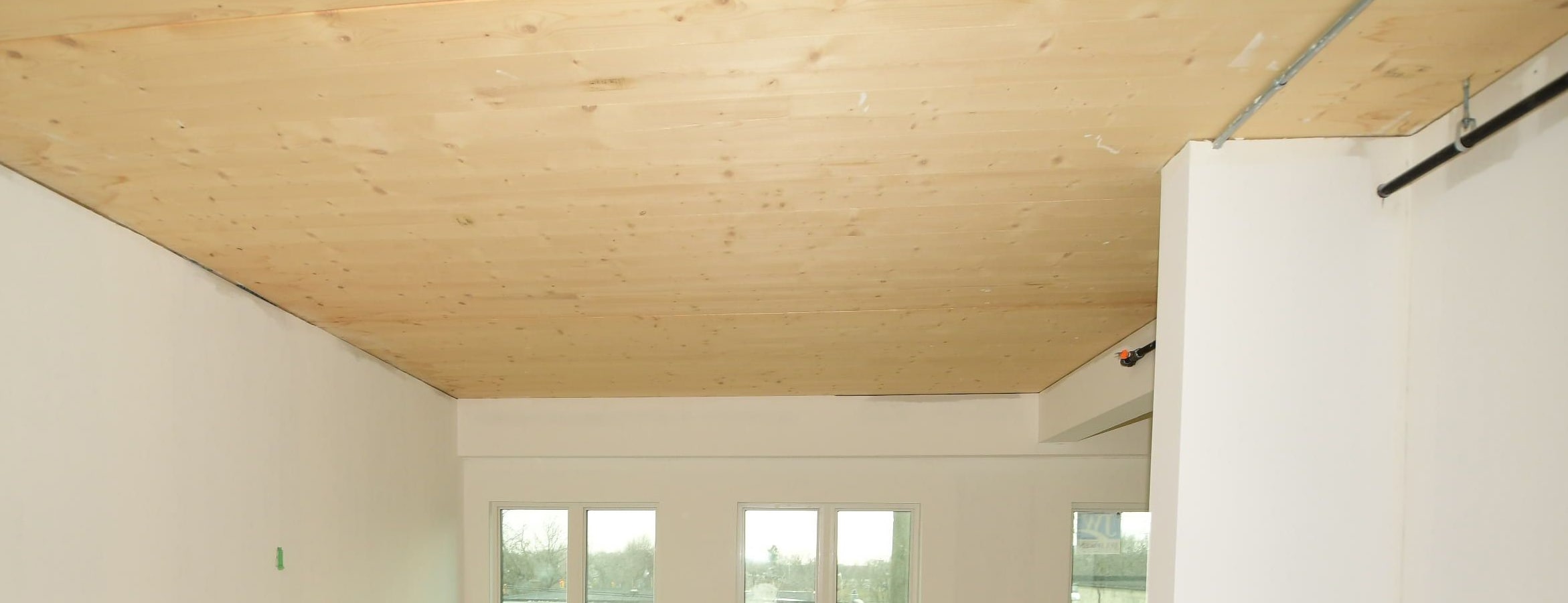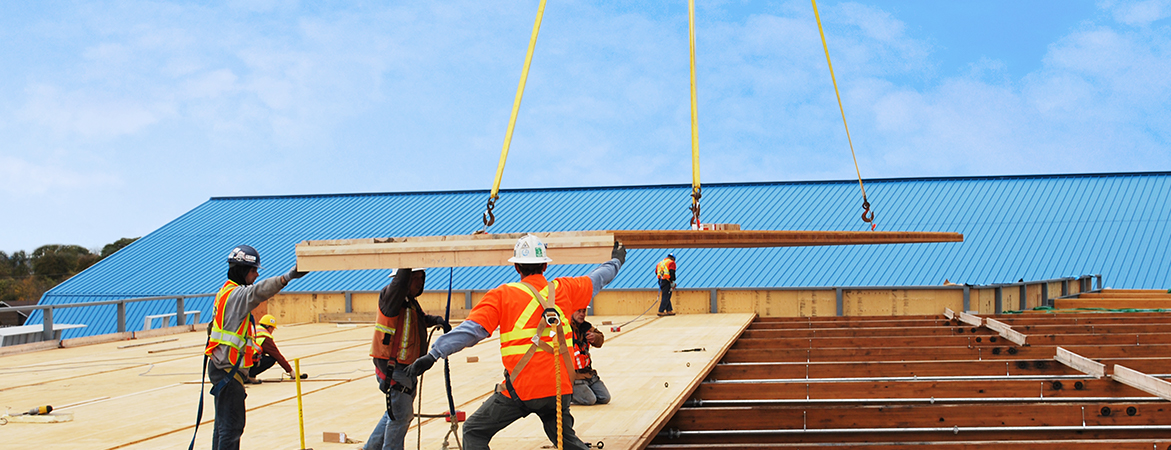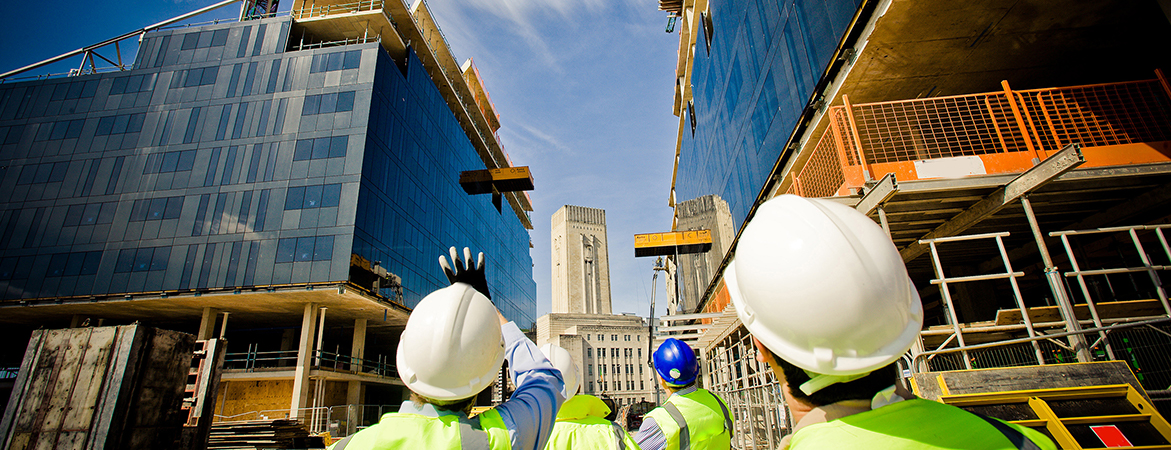Short answer – not necessarily. Government does play a role in at least three ways:
- regulating the resource sector and promoting sustainable practices to reduce greenhouse gases;
- establishing policies for job creation; and
- ensuring the development of codes and standards for the safety of building occupants.
Government can also provide financial incentives to land developers to promote research and development activities. These activities will encourage innovation and positively impact all three of these areas. Construction is a mature industry that is historically slow to innovate – and there are reasons for this.
As consumers, we all tend towards proven systems and technologies. Builders and developers are no different. Builders can be reluctant to change their conventional practices because they perceive financial risks with new technologies. Land developers prefer proven technologies that they have used in the past that are known performers with recognized permitting, scheduling and pricing.
Any new system requires an early-adopter attitude, and acceptance of some risk in terms of cost and schedule.
Engaging in knowledge transfer and creating incentives are two simple ways that government can help the process while reaping the benefits of job creation and sustainable construction. A good example of this is Ontario’s Tall Wood Building Reference, aimed at educating the private sector and government officials. Tax breaks (or reductions in development charges), or demonstration project seed funding are straightforward financial tools to help balance the perceived risk of trying something new. Keeping in mind that while building codes are slow to change, these incentives (knowledge transfer and seed funding) can help speed up the practice of change within the construction industry.

